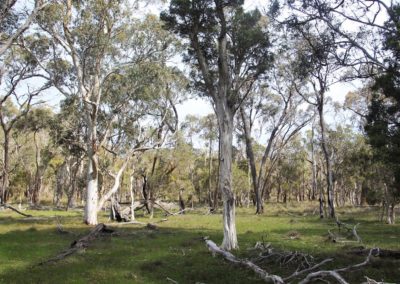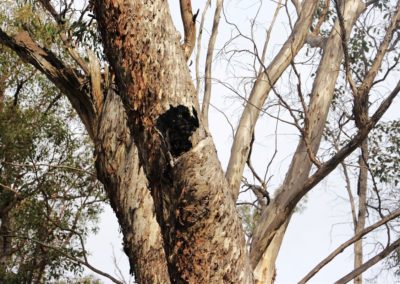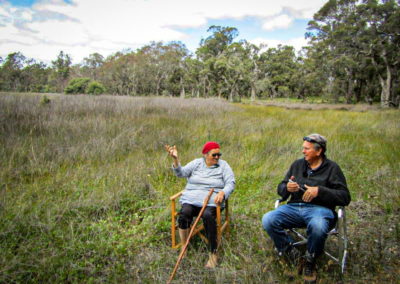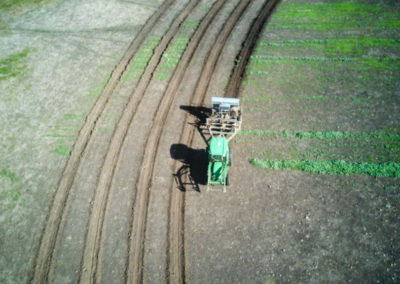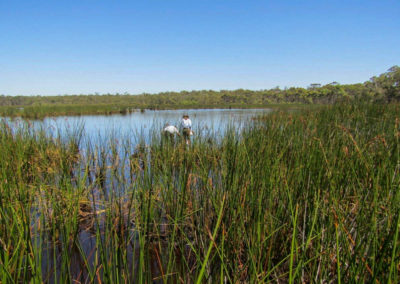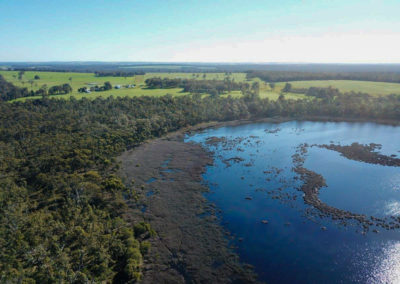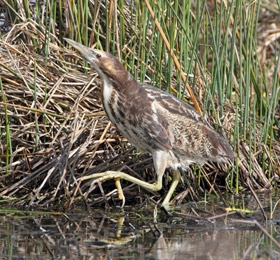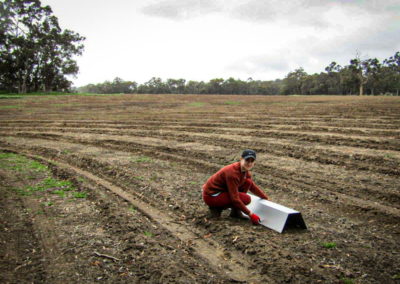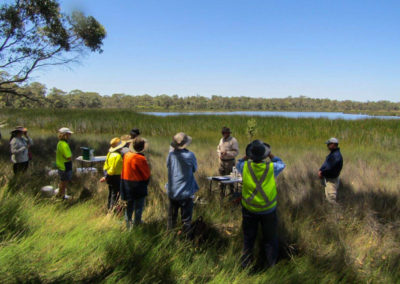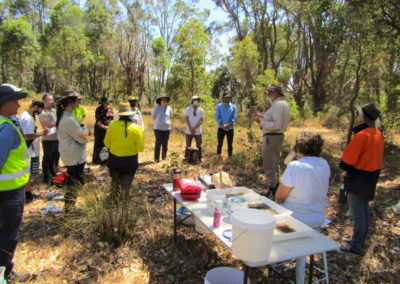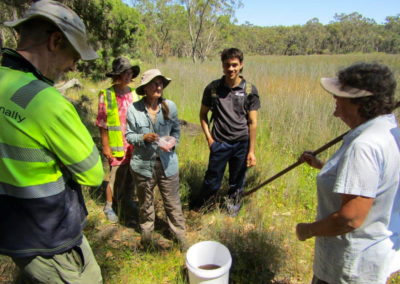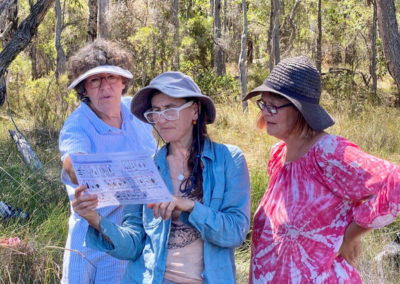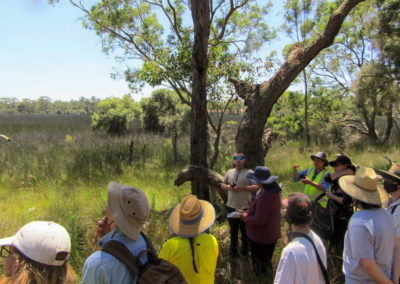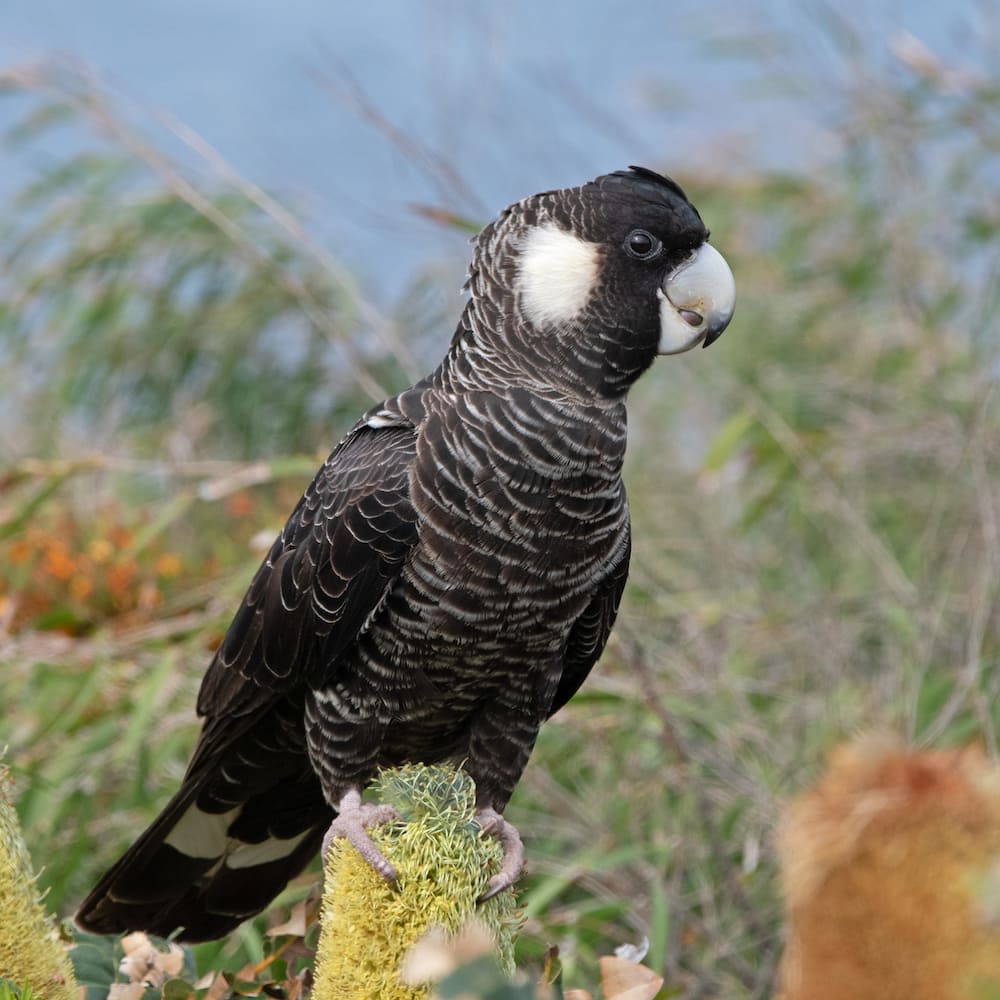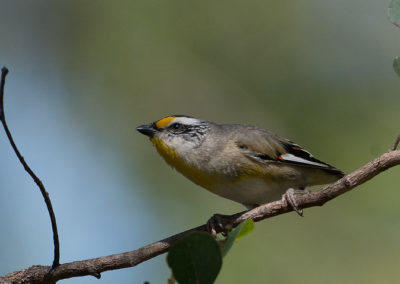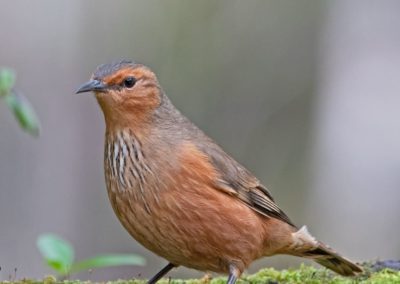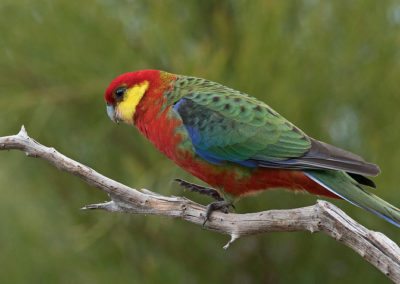-
No Pets Allowed
Overview
Tootanellup is a fairly recent property purchase that is helping to achieve the Gondwana Link goal of 1000 km of connected bush between Margaret River and the edge of the Nullarbor.
Purchased by Green Skills in 2020, Tootanellup is located between Rocky Gully and Frankland River, in the catchment of the Kent River.
This 49.5 ha property has 18 ha of remnant bush and 31.5 ha of cleared land that is being restored to bush.
Importantly, Tootanellup is located very strategically between two reserves: Tootanellup Nature Reserve and a Department of Water and Environmental Regulation (DWER) reserve that encompasses Boggy Lake and two freshwater wetlands which are all of very high conservation value.
An exciting part of this project is the expansion of community stewardship from Tootanellup to the adjacent DWER reserves, including active research, monitoring and seed collecting around Boggy Lake.
After securing the property Green Skills is now actively seeking support to cover the cost of this purchase and assist with its restoration.
In November 2023, Green Skills launched Tootanellup’s visitor facilities and held a networking day. This Green Skills’ YouTube video of the talks at the launch presents more of the vision for Tootanellup and introduces a number of the people and groups involved: Tootanellup Launch & Networking Event: Making a Difference in Gondwana Link’ (30 min).
Story of the place
Watch
This Green Skills film provides a valuable overview of the Tootanellup property, including its location within the Gondwana Link.
Noongar Boodja
Watch Merningar Elder Lynette Knapp talk about the significance of the wetlands near Tootanellup to Noongar people.
The Boggy Lake and Tootanellup Lagoon areas have high densities of important Noongar bush tucker foods, like Zamia cycads and Bloodroot.

Cluster of zamia palms
Image: Basil Schur

Lynette Knapp with zamia palm
Image: Basil Schur
Forest to Stirlings landscape
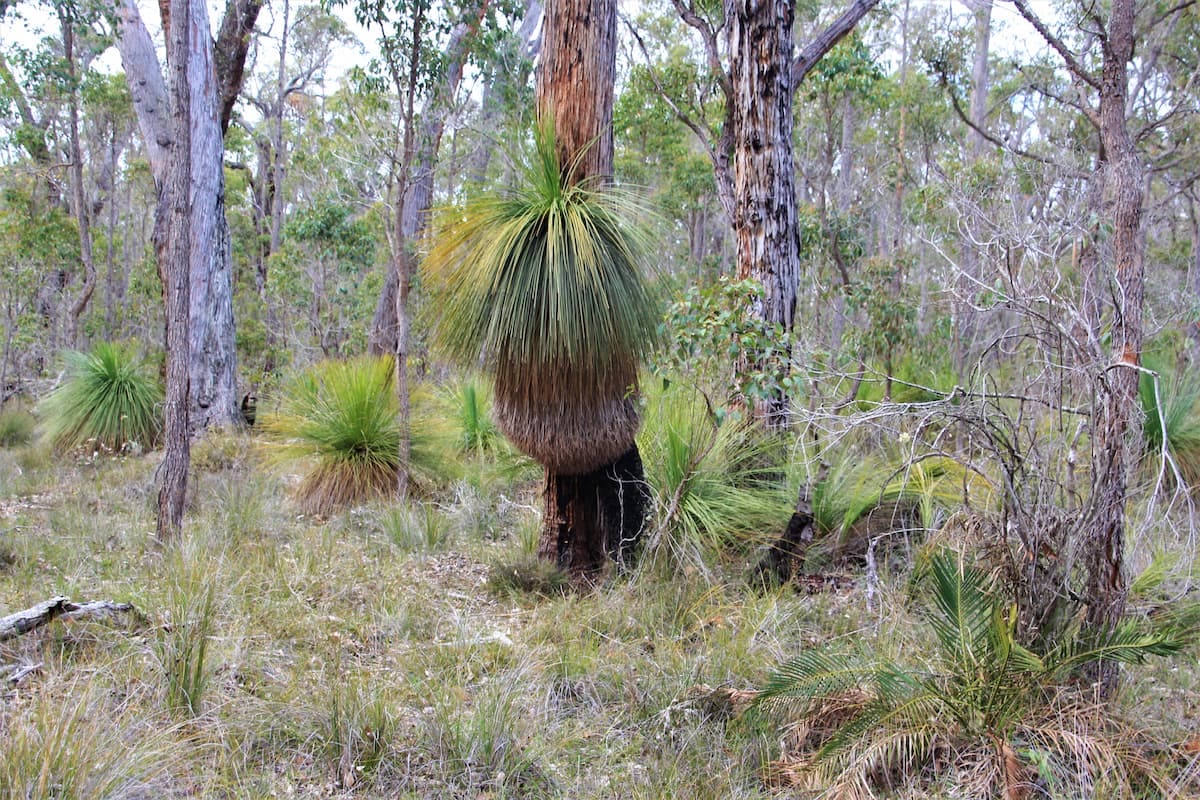
Image: Nicole Hodgson
Tootanellup is in the section of the Gondwana Link called Forest to Stirlings, which stretches roughly 70 km from the Walpole Wilderness Area (Mt Roe National Park) in the west to the Stirling Range National Park to the east.
The Forest to Stirlings area has some notable ecological features:
- numerous vegetation types ranging from forest in the west to mallee heath and woodland in the east
- many wetlands with important plants and animals
- very high plant species richness
- situated at the junction of a number of catchments.
Wetlands
On the eastern boundary of Tootanellup is a reserve vested in the Department of Water and Environmental Regulation. It contains three main wetlands – Boggy Lake, Tootanellup Lagoon and one unnamed wetland.
A Bioblitz conducted in February 2022 provided a preliminary assessment of the water quality and biodiversity values of these three wetlands, as well as small wetlands nearby. Read the full report here.
The three main wetlands in the DWER reserve have healthy sedge and reed vegetation surrounding and in them. If these wetlands remain protected from salinity (which kills the sedges and reeds) there are hopes that they might be home to a rare bird species, the Australasian Bittern.
Australasian Bittern
The Australasian Bittern is an endangered waterbird which occurs mainly in Australia and New Zealand. It inhabits tall, dense, emergent, reedy vegetation growing in shallow freshwater wetlands, where foraging, roosting and breeding all take place.
In WA the population of Australasian Bittern has been declining since at least the 1980s, mainly due to loss of habitat through changes to water conditions such as altered drainage, changes in the surrounding land use, secondary salinity and wetland acidification.
Credit: BirdLife Australia
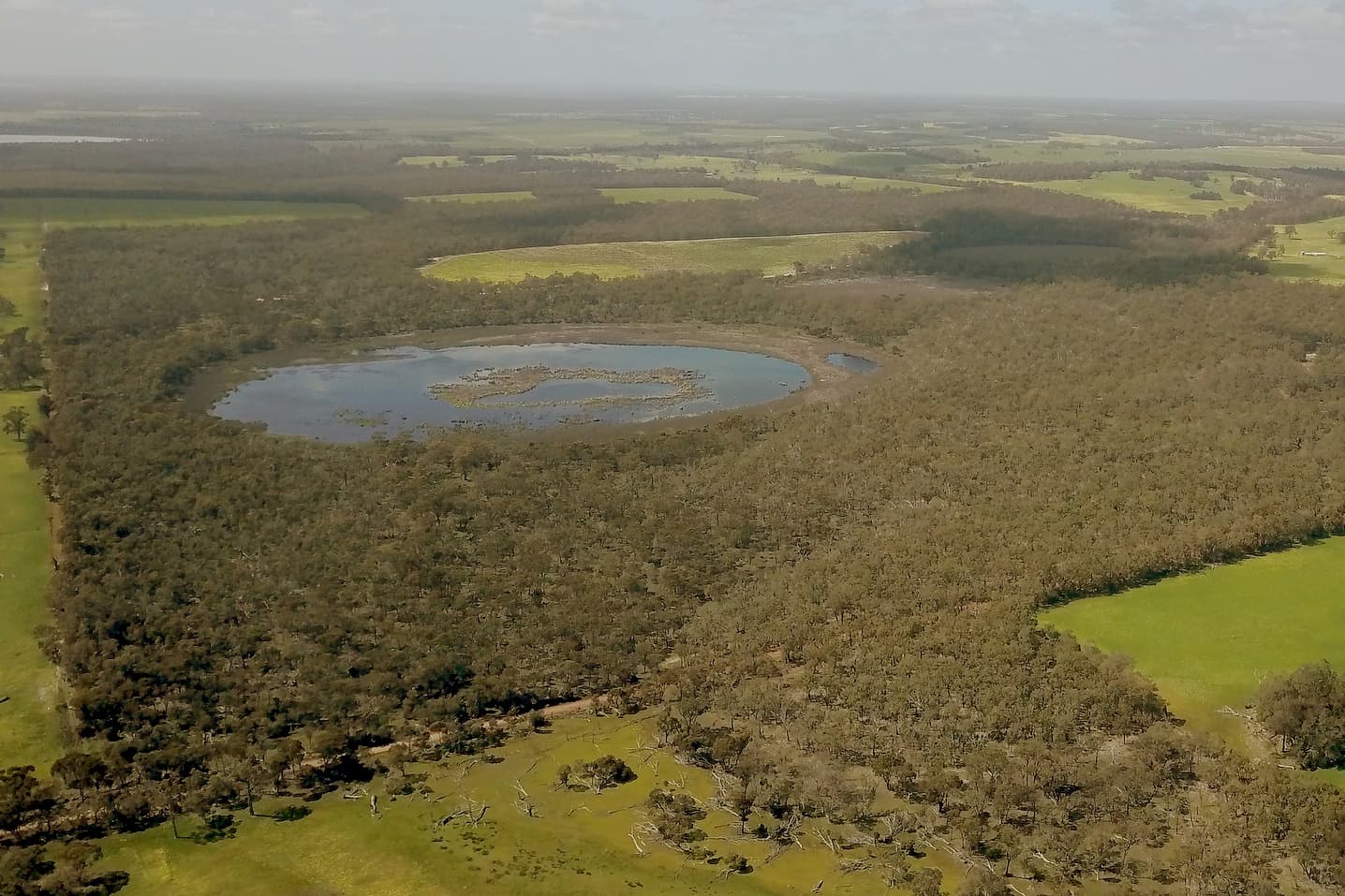
Boggy Lake
Image: Joe Pearce
When Green Skills first purchased the property, a nearby landholder reported that they thought they might have heard the distinctive, booming call. So an audio recorder was installed at Boggy Lake between 14 October 2021 and 7 January 2022 to detect any calls.
After the months of audio recordings, there was much excitement when a distant Australasian Bittern was discovered to have called pre-dawn on four mornings in late November and early December. The call was from some distance away, so it was not likely to be at Boggy Lake itself, but this record is still significant to the Australasian Bittern Recovery Team as there are no previous records of Australasian Bittern utilising wetlands in this area.
One Australian Little Bittern or Black-backed Bittern was recorded loudly and regularly on the morning of 15 December and two called regularly on 24 December.
Bittern or Bunyip?
In eastern Australia the eerie call of the Australasian Bittern is said to have been the origin of the Aboriginal and colonialist legend of the Bunyip – a mythical creature said to live in creeks, swamps, billabongs, riverbeds and waterholes.
Credit: BirdLife Australia
Strategic Linkages
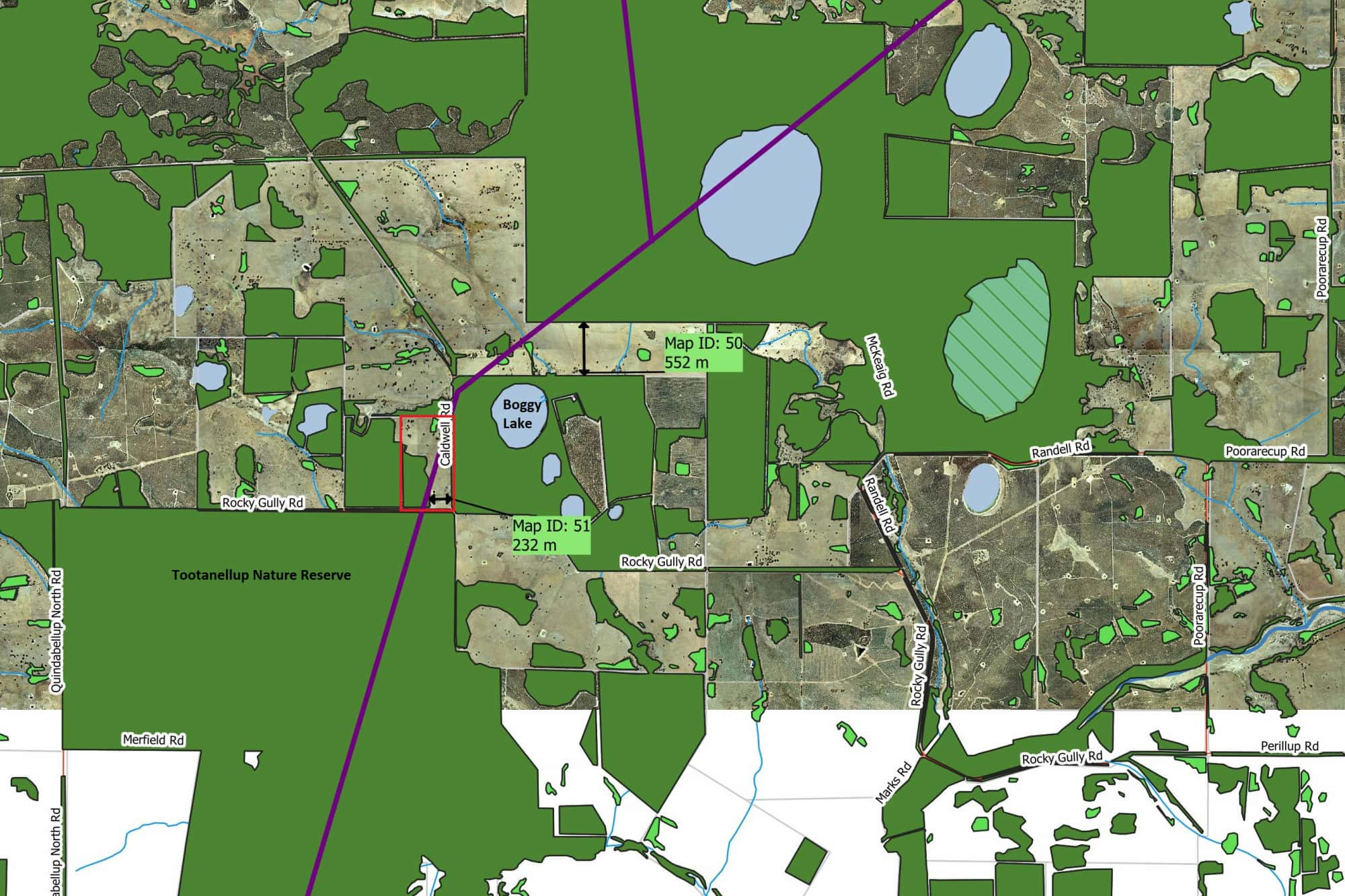
Image: Green Skills
In 2006 an ecological study of the South Coast identified that important ecological corridors could be created from existing remnant vegetation in the landscape.
Tootanellup (marked in red on the map) sits right on top of one of those lines (in purple) – which links up remnant vegetation and Lake Poorrarecup Lagoon in the north to Mt Roe National Park south of Muir Highway (outside the range of this map).
The linkages between the two adjacent reserves are strengthened through ecological restoration of the cleared land on this property.
Ecological Restoration
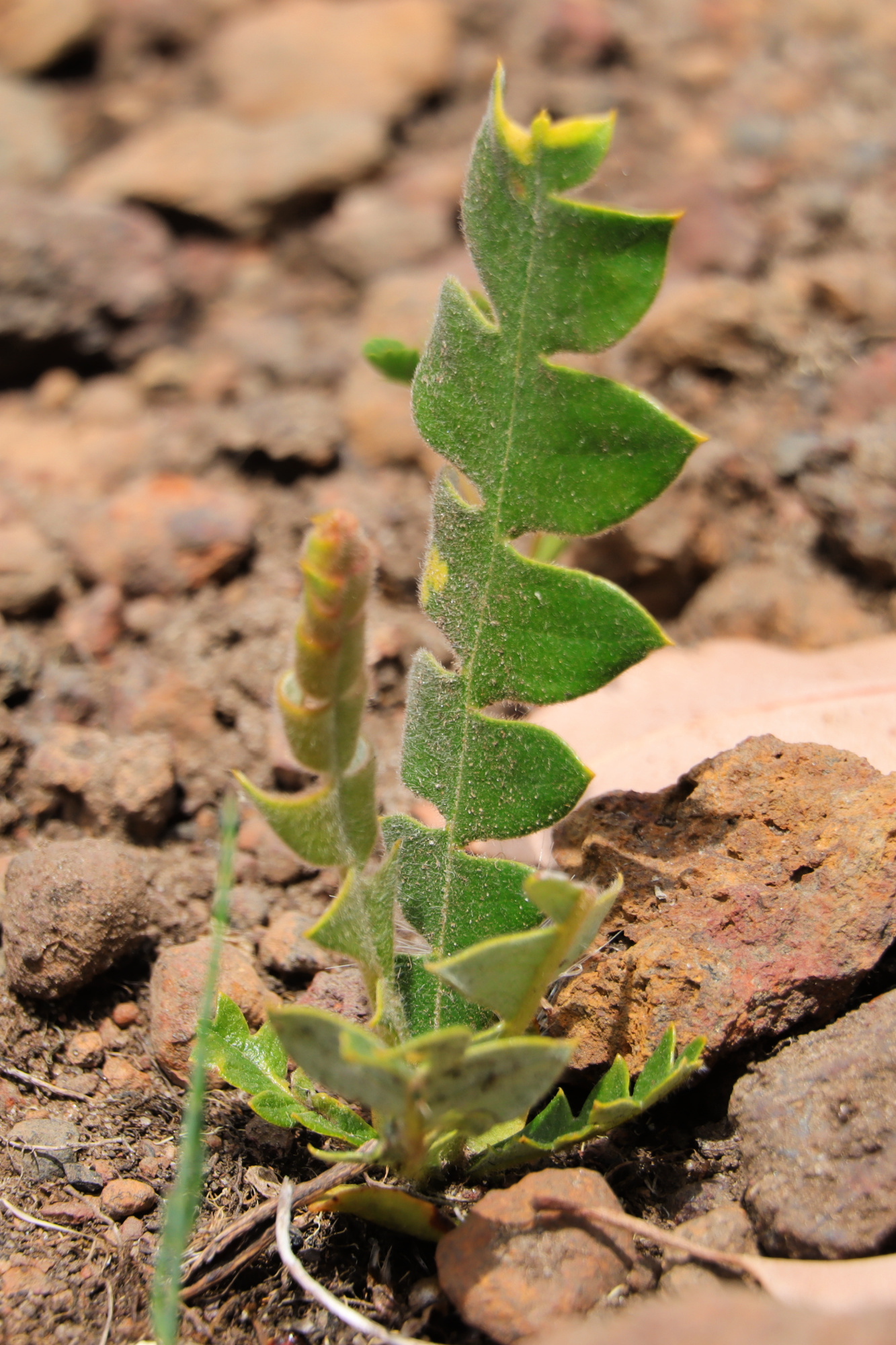
Banksia seedling emerging
Image: Nicole Hodgson
The 16.8 ha of remnant bushland on the property, which contains an overstorey of Yate, Wandoo, Jarrah, Marri, Paperbark and Banksia, will be managed to retain and enhance its biodiversity value. Stock grazing has reduced the usual shrub and ground cover layers, but it seems to have been only light grazing and so recovery of these two important layers of habitat is underway.
Restoration works include monitoring for weeds, and the installation and monitoring of bird and mammal nesting boxes.
In August 2021 Green Skills worked with Carbon Positive Australia to direct seed 25 ha of the cleared land. Seventy nine different species were planted including Corymbia calophylla (marri), several Acacias, Banksias, Hakeas, Melaleucas and Xanthorrhoeas, as well as Bossiaea linophylla, Callistachys lanceolata, Persoonia longifolia, and Viminaria juncea.
There was initially excellent germination from the direct seeding, but the very dry summer of 2021-2022 impacted adversely on the young seedlings.
To ensure their long-term protection, the bushland and restored areas on Tootanellup will be conservation covenanted on the property’s land title.
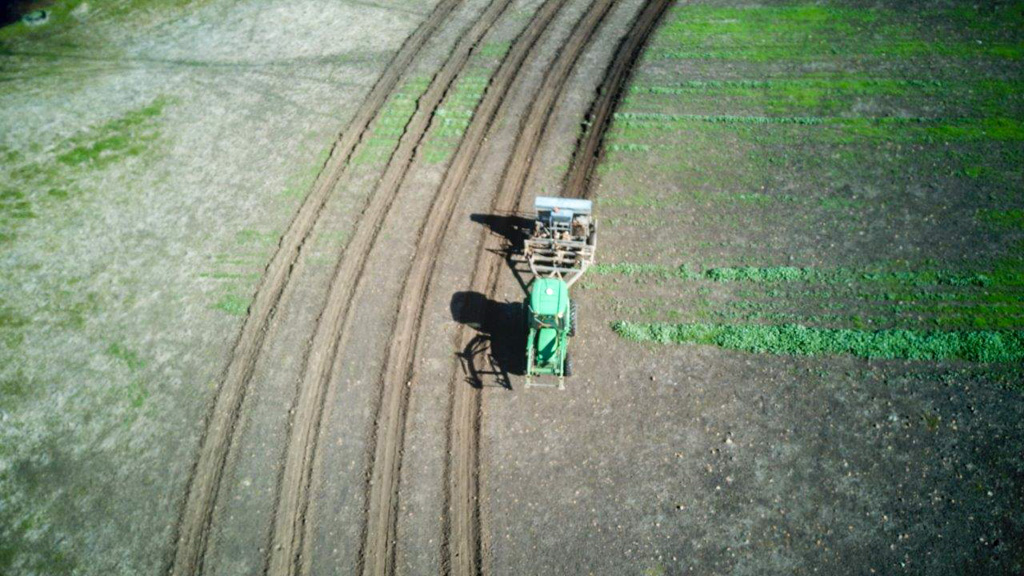
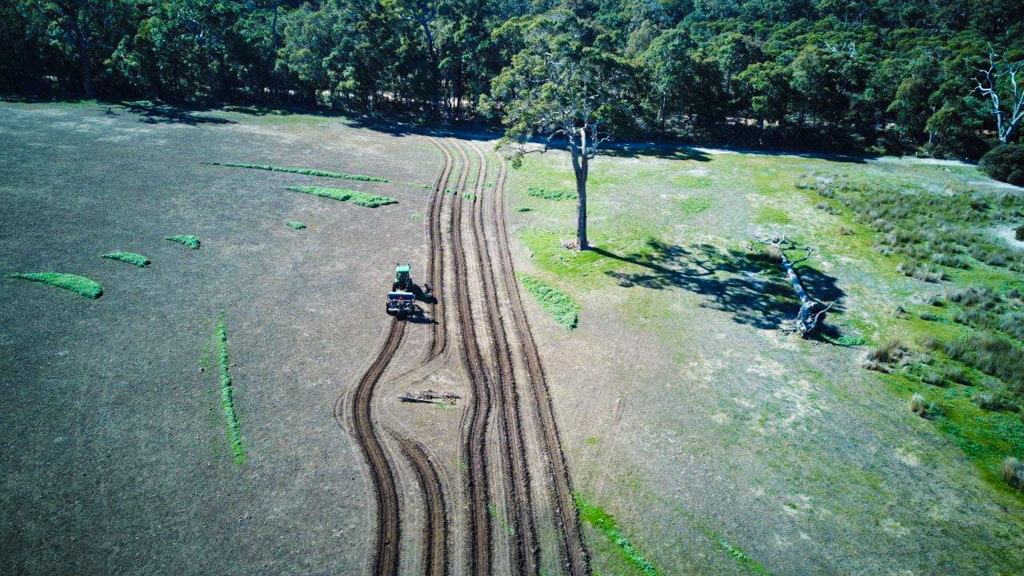
Direct seeding a mix of local plant species at Tootanellup
In August 2022, a team of Tambellup Noongar Rangers planted more than 10,000 local trees and shrubs at Tootanellup as part of eco-restoration on the property. Watch this video of Rangers and Robbie Miniter OAM of the Gnowangerup Aboriginal Corporation talking about the Ranger team’s work at Tootanellup.
Expanding Community Stewardship
By purchasing Tootanellup, Green Skills and other conservation groups have created an important stewardship role that goes well beyond the 50 ha of the property.
Green Skills have been actively working with a number of landholders nearby, and in the broader Forest to Stirling zone, to fence off remnant vegetation and revegetate cleared areas.

Image: Basil Schur

In 2020 Green Skills also signed a formal agreement with the Department of Water and Environmental Regulation to undertake environmental surveys, seed collecting and feral animal control on the 250 ha Boggy Lake property next to Tootanellup.
See & Do
New centre for eco-education
At the northern end of the property is a section of the property Green Skills hope to develop into a nature study, eco-camping facility.
The facility will be available for a range of related organisations participating in wetland monitoring, bird watching, Noongar cultural surveys, fauna surveys, and other citizen science activities.
Eco-education opportunities will be enhanced by the development of walking trails through the woodland.
Keep in touch with Green Skills to find out about future Citizen Science events and environmental education opportunities at Tootanellup.
Plant life
On its uncleared areas, Tootanellup supports a rich mix of vegetation types with six main overstorey species of Yate, Wandoo, Jarrah, Marri, Paperbark and Banksia.
A 2013 flora and vegetation survey in the adjacent Tootanellup Nature Reserve has provided a rich insight into the what could recover on Green Skills’ Tootanellup property. Already some shrubs are reappearing under the Yate and Jarrah woodland.

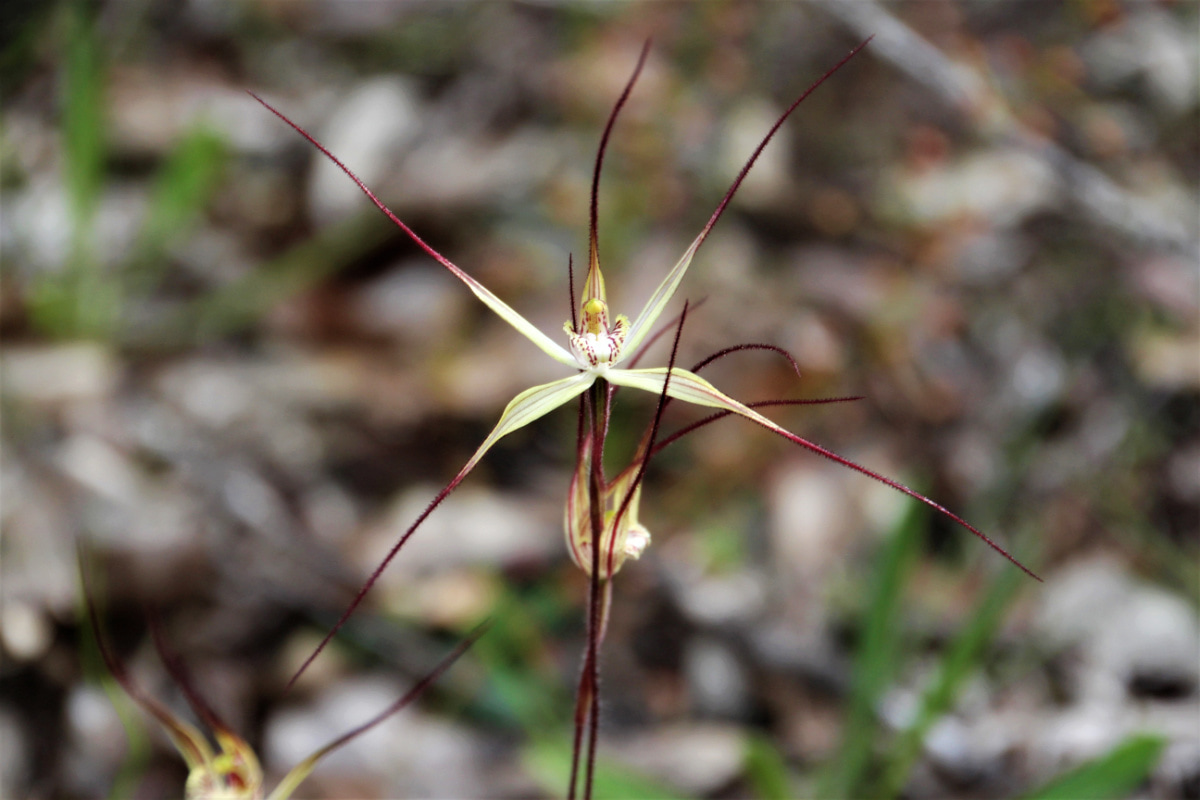
Wandoo woodland on Tootanellup
Image: Nicole Hodgson
Spider Orchid in Boggy Lake Reserve
Image: Nicole Hodgson
Wildlife
The value of Tootanellup as wildlife habitat will greatly increase as the restoration plantings take hold and the remaining bushland recovers from grazing.
In 2021, the Mt Barker and Nowanup Noongar Rangers team helped Green Skills install eleven nesting boxes in the remnant bushland at Tootanellup. Six were placed up trees for Brush-Tailed Phascogale use and five were placed near ground level for Mardo (Yellow-footed Antechinus) to use. There is already evidence that Phascogales are nesting in the boxes.
A number of frogs live in the local area, including Slender Tree Frogs, Pobblebonk Frogs and Motorbike Frogs.
Birds are the most obvious wildlife still using the habitats on Tootanellup, as well as adjacent bushland and wetlands, and they are listed separately below.
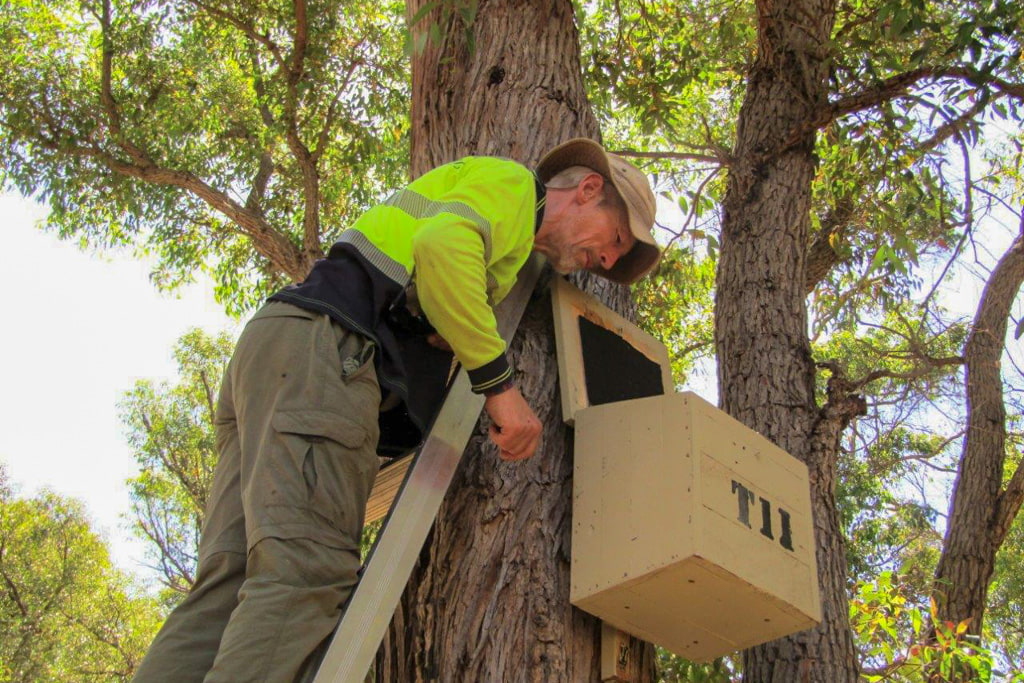
Image: Basil Schur

Image: Basil Schur
Birdlife
Black Cockatoos
All three species of black cockatoo (Carnaby’s, Baudin’s and Red-Tailed) have been seen in the Tootanellup area.
All three species rely on trees older than 150 years, because they need large hollows to nest in, close enough to their preferred food sources to successfully raise their young.
Due to loss of habitat, both Carnaby’s and Baudin’s cockatoos are listed as Endangered, with a massive reduction in their populations in the last fifty years.
At Tootanellup a number of old Marri trees have hollows which are being monitored to determine whether cockatoos are breeding in the area.
Download an illustrated list of bird species found near Tootenallup:
Giving back and getting involved
Green Skills is a vital community-based organisation which plays an important role in protecting and restoring wetlands and other important places across this area.
Green Skills is leading the ecological restoration effort at Tootanellup and is seeking donations to support this important work.
Contact them directly to get involved in citizen science investigations or ecological restoration events and please consider making a donation to help their work at Tootanellup.
Nearby
There are many other sites to visit nearby including:
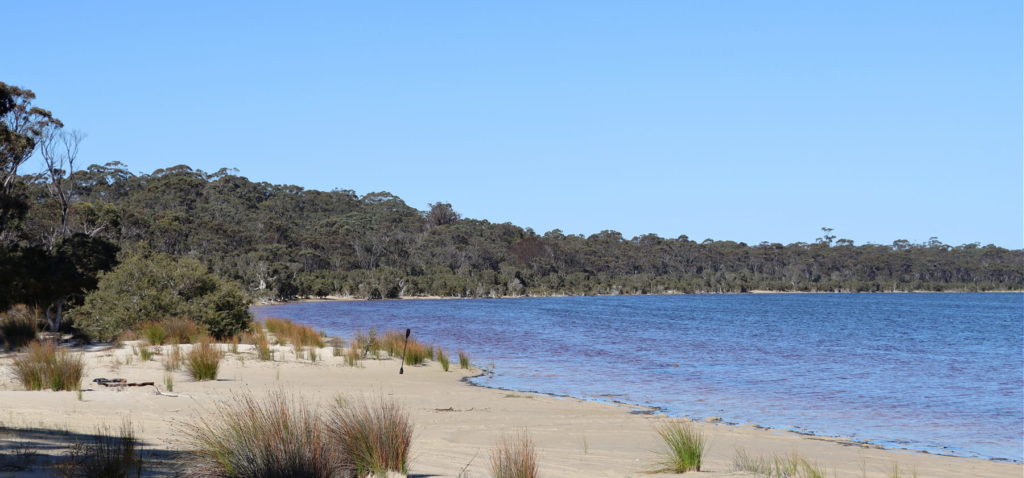
Lake Poorrarecup
Lakes, wetlands and rivers are a window into the health of the broader landscape, and Lake Poorrarecup is no exception, it has seen many changes in fortune over the past century.
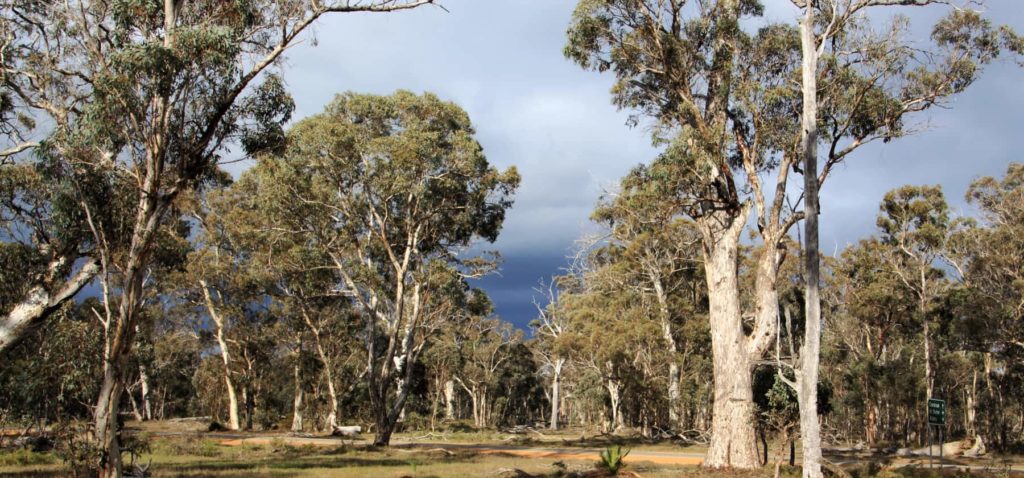
Warrenup Reserve and Kenny's Tank
Within a beautiful stand of mature wandoo woodland is the Warrenup wetland, within the Warrenup Reserve. Kenny’s Tank is an old well next to the wetland that is just a short walk off the road.
Practical Information
Directions
Tootanellup is on the corner of Caldwell Rd and Rocky Gully Rd. From Muir Highway take Quindabellup Rd North, then turn right onto Rocky Gully Rd.
From Frankland River, drive south on Rocky Gully-Frankland Rd then right onto Rocky Gully Rd.
Facilities
There are no facilities at Tootanellup yet, but visitors are welcome to carefully walk over the property and enjoy watching the return of plants and wildlife.
Responsible Tourism
Tootanellup’s bush and cleared land are being restored to ecological health, so please look after them during your visit. Practice good dieback hygiene, and please make sure to Leave No Trace.
When to go
As with most places in south-western Australia, it is worth visiting during the wildflower season during Djilba and Kambarang (August to November) when flowering is at its peak.


